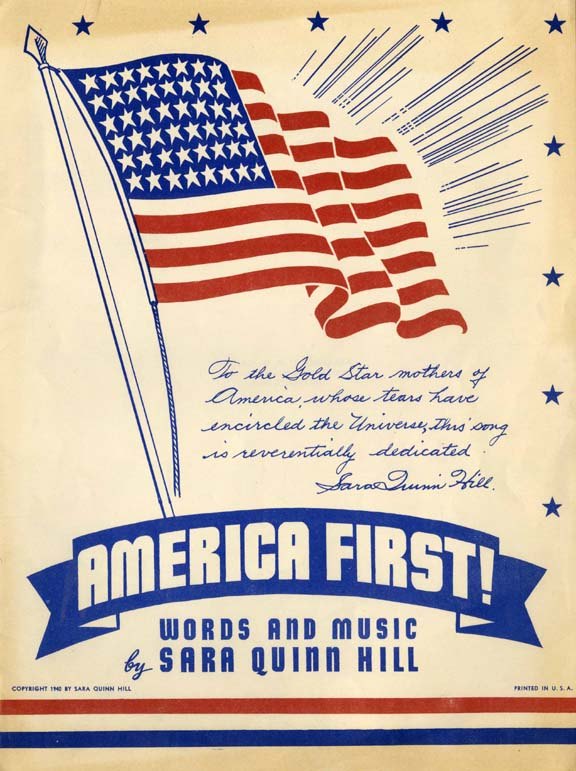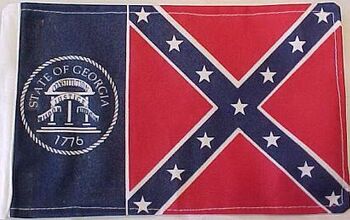Hammer Time: War Without Tears
The leather still has that fragrant smell of dead thick cow skin and the interior offers a better living space than many Manhattan apartments. It only has 104,000 original miles after 21 pampered years on the smooth roads of North Georgia. Everything about it is world class. But as soon as I utter the name BMW, some of you will be instantly turned off. A Yuppiemobile. A prestigious status symbol loaded with whatever arrogance and hubris the Germans can muster. Not to mention that it’s not a Lexus, or a Jaguar, or a….
Pontiac? Don’t you guys know that Americans can’t build world class machines! Well of course there’s the Corvette, the Silverado, the F150, the Suburban, the Fiesta, the G8, the….Actually come to think of it. Didn’t the Cavalier and Sunfire whip the Tercel and Echo for a good ten years? Hasn’t Honda learned that they can’t make a pickup to save their axe from first base? Nissan? Weren’t they bailed out by the French?
Not to dedicate the rest of this write-up to anything from France. But when I think of France and cars, I can’t help but think of that wondrous vehicle known as LeCar. A hamster powered tin box that can be outrun by Rabbits. Both American and Mexican.
Renault only saved Nissan because like any good company based in a left-leaning country, they kept on making cheaper versions of the very same car year after year. The ‘E Pluribus Versa’ strategy is brilliant for a lower end vehicle when everyone else that competes with it tries to go upscale. For higher end vehicles like the Titan, Quest, Armada, Sentra and Maxima the cheap and frumpy approach fails. The only thing worse than a Renault/Nissan would be an all French car like the Peugeot.. or perhaps …
Korean cars. Those of you who think that some Korean car making prince snapped his fingers and turned the shitboxed Excel into a high quality Accent are drinking from our national media’s Kool-Aid. The same Jim Jones concoction that made Consumer Reports recommend the Volkswagen Passat back in the late-90’s. It’s a big lie. Korean cars have not redefined anything except another flavor of Toyota vanilla in the marketplace.
Most of our media outlets only care about the ‘trendy’ and ‘different’. They aren’t going to mention that the Panther cars are exceptionally durable or that Chrysler is nearly back to owning half the minivan market. Only in the American media is ‘Detroit’ the ‘enemy’ and the purveyor of all things uncool. Which brings me to what everyone thinks of when they hear about Detroit and it’s inner city.
The Chinese. Why couldn’t these Mao worshiping, North Korean supporting warmongers quit whoring out our middle class. Americans love cheap crap… God bless our 99 cent ‘value’ menus… and we can still offer a ton of it to the developing world. From Walmart to Waffle House, we should export our talents through any means possible. (ED: Consider it done. There is a huge Walmart across the street from me in Beijing. There’s a 7-Eleven in my building. KFC opens up one new chicken store per day in China. Yesterday, I came back from the Beijing airport, and what did I see? An Outlet Mall! For a minute I thought I had been dreaming and I’m still shopping at Tanger Mall in Riverhead. The empire definitely strikes back.)
But we can’t. Why? Because the Chinese will steal, cheat, lie, devalue their currency and generally do all the other things that our leaders and CEO’s pretend not to do. No matter what language you speak, cheap always has a price.
Hmmm… speaking of cheap. Korean cars were cheap once. Some still are. The Japanese made a ton of cheap cars, cameras, and watches. German cars were once cheap… and so were many American cars. From Models A and T. To the Neon and Cobalt. Everyone has some type of competitive edge in this business. In the beginning and end it’s usually ‘cheap’.
Do we need to be protected from a ‘cheap’ bogeyman that is well over a century old? I think we do. The cost will be shutting our goods to a more competitive and far larger global market. But protectionism will ensure our success, as surely as it did in the 1930’s.
Truth be told the only real demon we’re fighting right now is a two-party political machine that ensures minimal competition to those who sponsor it. If you want to make American cars competitive, don’t worry about Detroit. Worry about a government that will do the bidding of anyone who is willing to pay for the privilege.
More by Steven Lang
Latest Car Reviews
Read moreLatest Product Reviews
Read moreRecent Comments
- MaintenanceCosts "GLX" with the 2.slow? I'm confused. I thought that during the Mk3 and Mk4 era "GLX" meant the car had a VR6.
- Dr.Nick What about Infiniti? Some of those cars might be interesting, whereas not much at Nissan interest me other than the Z which is probably big bucks.
- Dave Holzman My '08 Civic (stick, 159k on the clock) is my favorite car that I've ever owned. If I had to choose between the current Civic and Corolla, I'd test drive 'em (with stick), and see how they felt. But I'd be approaching this choice partial to the Civic. I would not want any sort of automatic transmission, or the turbo engine.
- Merc190 I would say Civic Si all the way if it still revved to 8300 rpm with no turbo. But nowadays I would pick the Corolla because I think they have a more clear idea on their respective models identity and mission. I also believe Toyota has a higher standard for quality.
- Dave Holzman I think we're mixing up a few things here. I won't swear to it, but I'd be damned surprised if they were putting fire retardant in the seats of any cars from the '50s, or even the '60s. I can't quite conjure up the new car smell of the '57 Chevy my parents bought on October 17th of that year... but I could do so--vividly--until the last five years or so. I loved that scent, and when I smelled it, I could see the snow on Hollis Street in Cambridge Mass, as one or the other parent got ready to drive me to nursery school, and I could remember staring up at the sky on Christmas Eve, 1957, wondering if I might see Santa Claus flying overhead in his sleigh. No, I don't think the fire retardant on the foam in the seats of 21st (and maybe late 20th) century cars has anything to do with new car smell. (That doesn't mean new car small lacked toxicity--it probably had some.)


































Comments
Join the conversation
"The Detroit Three frittered away a 90-percent 1955 market share by accepting good enough instead of striving for excellence." Plus, in 1955, most Americans hadn't ever sampled what the foreign automakers had to offer. The Jaguar Mark I was priced in the upper end Buick/low end Cadillac price range and would utterly destroy the Detroit barges of the time on the road with its 3.4 liter XK 6-cylinder engine and manual gearbox. But most American car buyers of the time were awfully unadventurous and just wanted the next big wallowing barge out of the local domestic showroom. http://en.wikipedia.org/wiki/Jaguar_Mark_1
I'm not going to jump on the French-car bashing bandwagon. I recall renting a Peugot 504 (?) turbo sedan in 1985 and thinking that it was a very nice car, with a supple suspension and a better implementation of a turbocharger than the Volvo of the same vintage, which operated very much like an on-off switch. The challenge for any imported car during the "early years" was having a decent dealer network with mechanics who could maintain and service the cars. And, as others have noted, the second challenge was catering to American tastes, which meant air conditioning and automatic transmissions for all but the "economy" market. For quite a long while, European cars fell down in those two areas. I think that is the reason that the most successful imports from the early years were those that attacked the economy end of the market. Buyer expectations were that the cars had to be economical, that is not expensive to buy (compared to the domestic product) and they had to be cheap to operate, which meant low gas consumption and reliaiblity. The original VW Beetle and the early Toyotas and Datsuns (Nissan) met those criteria, as did Honda, when it came in. Except for VW, which fumbled the transition away from air-cooled, rear-engine cars rather badly, the other companies worked off this base to move upmarket successfully.